For centuries, the Portuguese have maintained a passionate love affair with bacalhau - salt-dried codfish that has become nothing short of a national obsession. This humble preserved fish tells a story of maritime exploration, culinary ingenuity, and cultural identity that stretches far beyond Portugal's borders.
The tradition of drying and salting cod likely began with the Vikings, but it was the Portuguese who elevated it to an art form during the Age of Discovery. As Portuguese caravels ventured further into the North Atlantic in the 15th and 16th centuries, crews discovered the abundant cod fisheries off Newfoundland. The preservation method allowed this nutritious protein source to survive the long journey home, becoming a staple that would shape Portuguese cuisine forever.
What makes Portuguese bacalhau unique is the meticulous curing process. The fish - traditionally Atlantic cod (Gadus morhua) - is cleaned and salted immediately after catch. Unlike the quick saltings of other cultures, Portuguese bacalhau undergoes a prolonged curing of several months where the salt penetrates deep into the flesh. The fish is then dried naturally in the crisp ocean air, developing its characteristic firm texture and concentrated flavor.
Walking through Lisbon's Mercado da Ribeira or Porto's Mercado do Bolhão, the sight of whole dried cod hanging from shop ceilings remains iconic. Vendors proudly display their bacalhau with the same reverence as wine merchants show their vintage ports. The fish comes graded by quality - from the thick, meaty lombos (loins) to the more affordable postas (cross-cut steaks). Connoisseurs can identify the origin just by examining the color and texture.
Preparing bacalhau is a ritual in itself. The fish must be soaked for 24-48 hours with frequent water changes to rehydrate and desalinate it. Portuguese grandmothers will swear by their particular soaking method, passed down through generations. This transformation from rock-hard slab to flaky, moist flesh seems almost magical to the uninitiated.
The Portuguese boast of having 365 ways to prepare bacalhau - one for each day of the year. While this may be poetic exaggeration, the variety is astounding. Bacalhau à Brás combines shredded cod with onions, crispy straw potatoes and scrambled eggs into comforting harmony. Bacalhau com Natas (with cream) bakes the fish in a rich béchamel sauce. For special occasions, nothing beats Bacalhau à Gomes de Sá - a casserole of cod, potatoes, eggs, olives and onions that varies by family recipe.
During Christmas Eve, nearly every Portuguese household serves Bacalhau Cozido - boiled cod with potatoes, cabbage, carrots and chickpeas. This simple preparation highlights the fish's pure flavor and connects modern families to centuries of tradition. Even the Catholic Church's meatless Fridays contributed to bacalhau's prominence in Portuguese culture.
The economic importance of bacalhau cannot be overstated. Portugal remains the world's largest consumer of dried cod, importing over 60,000 tons annually despite no longer being a major fishing nation. The White Fleet (Armada Branca) of cod fishermen was once a source of national pride, with men spending months fishing the Grand Banks until declining stocks and political changes ended the era in the 20th century.
Modern bacalhau production faces challenges. Strict quotas on wild cod fishing have increased prices and led to some substitution with other whitefish. Yet Portuguese consumers remain discerning - true bacalhau must come from Gadus morhua. Artisanal producers in Norway and Iceland still cure fish specifically for the Portuguese market using traditional methods.
Beyond Portugal's borders, bacalhau has influenced global cuisines. Brazil's Bacalhau à Brasileira adds tropical touches like palm oil. In Italy's Veneto region, baccalà mantecato (whipped salted cod) shows clear Portuguese influence. Even former Portuguese colonies like Macau and Goa have unique bacalhau preparations blending local spices with Iberian techniques.
For visitors to Portugal, tasting bacalhau is essential to understanding the national character. From humble tascas to Michelin-starred restaurants, chefs continually reinvent this ancient ingredient while respecting its heritage. The past decade has seen bacalhau elevated to gourmet status, appearing in innovative dishes alongside molecular gastronomy techniques while never losing its soul.
Environmental concerns now shape the bacalhau story. Sustainable fishing practices and aquaculture alternatives are being explored to preserve cod stocks. Some chefs experiment with shorter curing times or alternative salting methods to reduce sodium content while maintaining flavor. Yet traditionalists argue that true bacalhau cannot be rushed or fundamentally altered.
What began as practical food preservation has become a cultural touchstone. Bacalhau appears in Portuguese literature, music and art as a symbol of resilience and adaptability. The annual Festival do Bacalhau in Ílhavo celebrates this culinary heritage with cooking competitions, workshops and of course, endless creative preparations of the beloved fish.
In an era of fast food and fleeting trends, bacalhau endures as a testament to patience and tradition. Each flake tells a story of ocean voyages, family kitchens and shared national identity. As Portuguese chefs like to say: "We don't just eat bacalhau - we feel it." This humble dried fish continues to nourish both body and soul in Portugal and beyond.
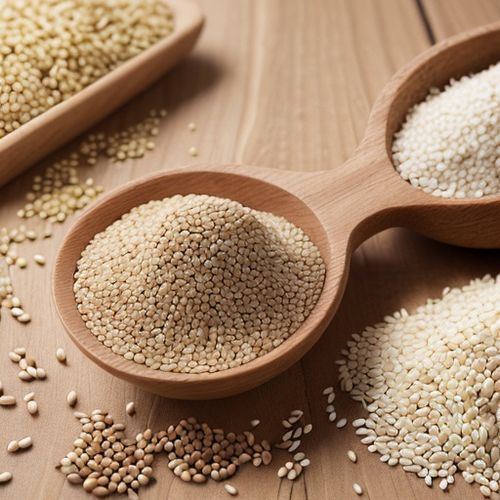
By George Bailey/May 12, 2025

By Amanda Phillips/May 12, 2025

By Thomas Roberts/May 12, 2025
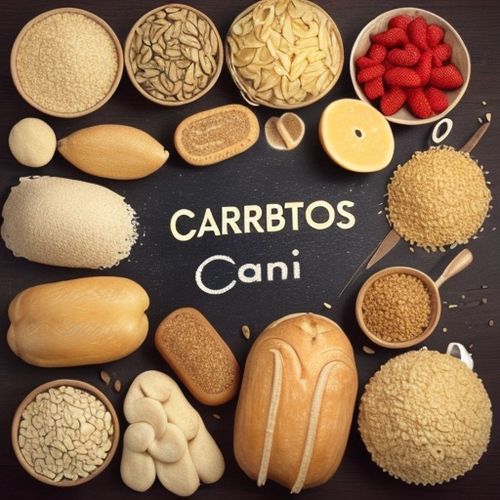
By Benjamin Evans/May 12, 2025
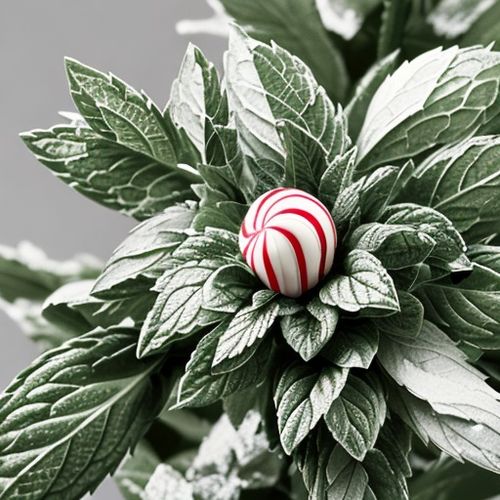
By Natalie Campbell/May 12, 2025

By Lily Simpson/May 12, 2025
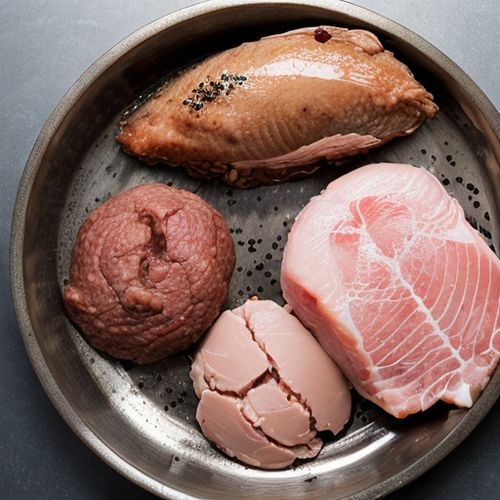
By Megan Clark/May 12, 2025

By Christopher Harris/May 10, 2025
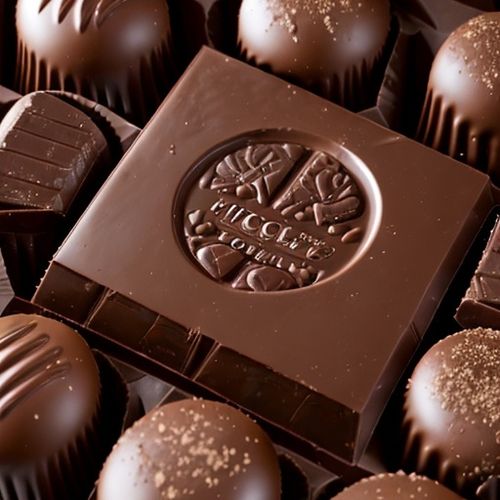
By Emma Thompson/May 10, 2025
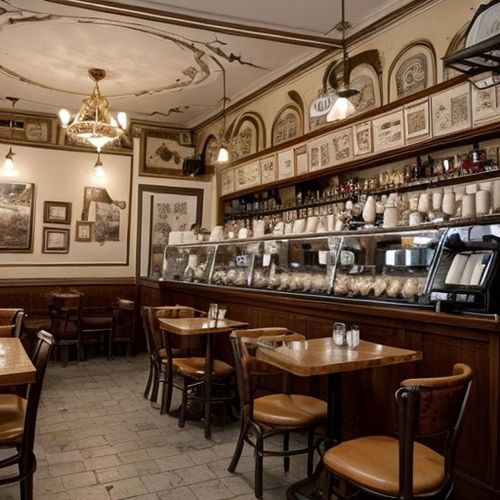
By Ryan Martin/May 10, 2025

By Michael Brown/May 10, 2025
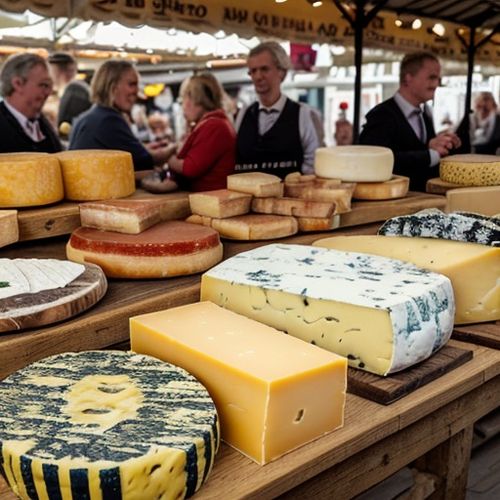
By Sophia Lewis/May 10, 2025
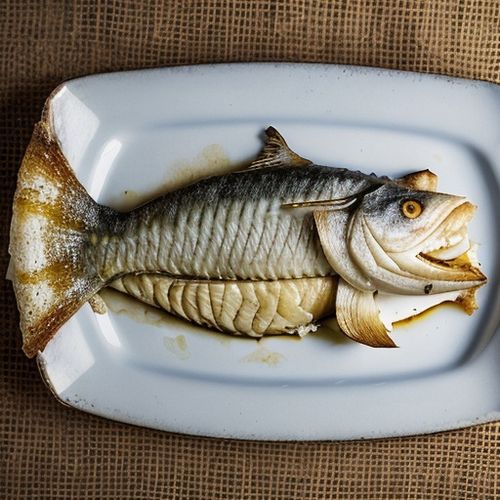
By Eric Ward/May 10, 2025
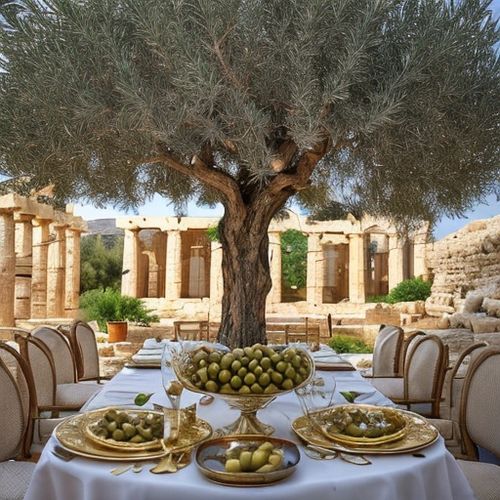
By George Bailey/May 10, 2025
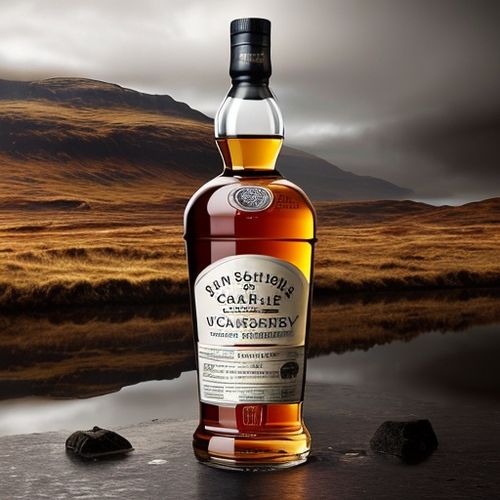
By Elizabeth Taylor/May 10, 2025